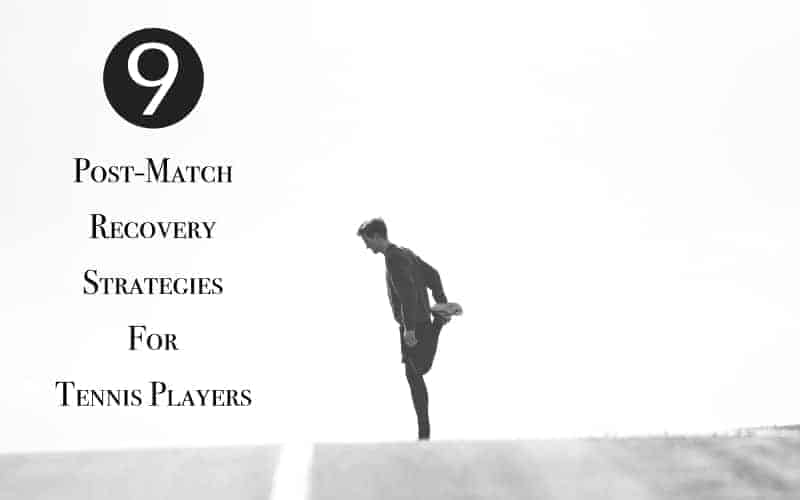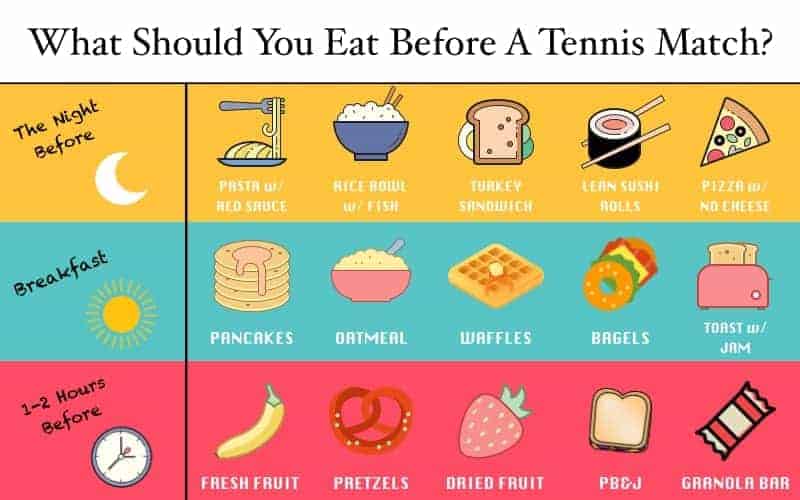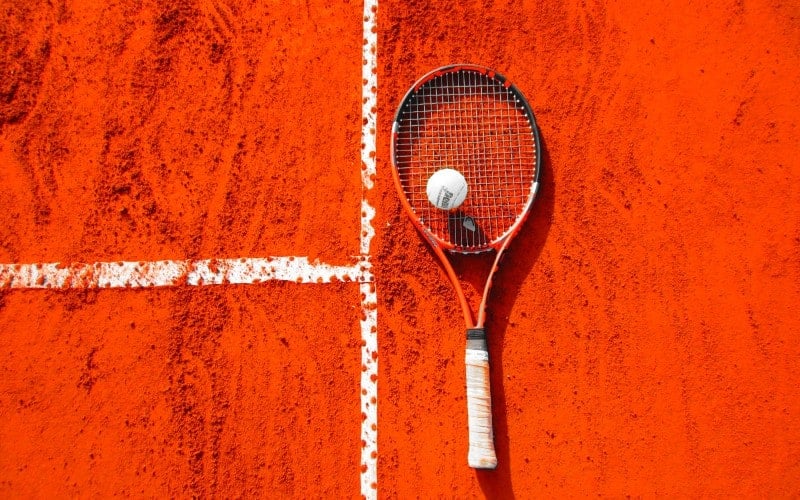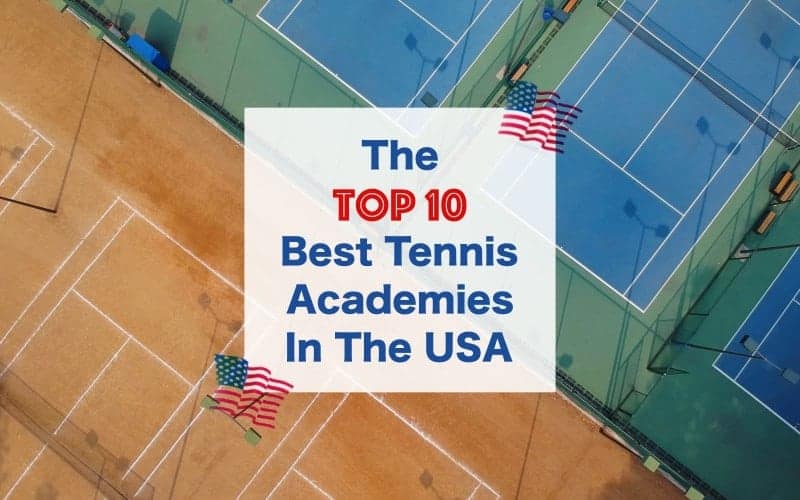There’s something to be said about the endurance of professional tennis players. In order to win a Grand Slam tournament, players are required to win 7 matches in 14 days. Essentially, that means that they need to play a 3-out-of-5 match every other day. And as you may know, 5-set matches can last well over 4 or 5 hours.
In 2012, Novak Djokovic beat Andy Murray in the semi-finals of the Australian Open in a match that lasted 4 hours and 50 minutes. Two days later, he defeated Rafael Nadal in the finals in 5 hours and 53 minutes. That means that over the span of 3 days, Djokovic spent 10 hours and 43 minutes on a tennis court running from side to side while competing against one of the best players of all time. An average professional marathon runner takes about 2:15 hours to finish a marathon, so even though I know you can’t take breaks during a marathon, it’s almost like Djokovic ran 4 and a half marathons in 3 days!
Another example was in 2017 when Roger Federer defied all odds by winning the Australian Open at 35 years of age. On his way to the title, he beat Kei Nishikori in 5 sets in the 4th round, Stan Wawrinka in 5 sets in the semi-finals, and Rafael Nadal in 5 sets in the final. That means that Federer played a total of 18 sets (3 more in the quarterfinals) over the span of 7 days. Against. The Best. In the World.
So how come tennis players can play for so long at such a high level? Well, besides being in super-human shape and having smooth strokes, it all comes down to their top-notch recovery processes. The top players know how important it is to do everything right before, during, and after a match, and in many cases, they travel with a whole team that helps them to accomplish that.
While the post-match recovery strategy for each player may differ based on personal preference, it most likely involves some or all of the following:
- Hit Some Balls
- Light Jog or Bicycle
- Stretch
- Massage
- Ice Bath
- Physiotherapy
- Eat and Hydrate A LOT
- Meditate
- Sleep
While I know that we don’t have access to the same tools that professional players have, we will cover talk about the importance of each recovery strategy below, so you can attempt to choose the ones that are good for you. Regardless of whether you are a beginner or an advanced player, a good recovery strategy is essential for you to stay away from injuries and take your game to the next level a lot faster.
#1) Hit Some Extra Balls
This is something that may come as a surprise to you, but many players actually go out for a quick hit after a match – even if it is a long one. I’ve done that in the past several times when I was playing in college and professionally, and it definitely made me feel more recovered the next day.
The reason why players choose to do that is that they feel like they didn’t finish their match playing well. Maybe their legs got tired and they started hitting their forehand poorly, or maybe they played against a big server who didn’t give them much rhythm. Regardless of the reason, it can be very important to hit a few balls after a match, just to make sure you “loosen up” and feel good about your performance. It should not be anything tiring, just until you feel good about yourself – something like 15 to 30 minutes. If you feel good, you will be more refreshed mentally and will recover better.
#2) Light Jog or Bicycle
The second strategy adopted by many players is to go for a light jog on a treadmill or hit the stationary bike for a bit. This strategy is what we call active recovery, and many players choose that over passive recovery. The idea is to do some light exercising at about 60% of intensity for a short time (about 20 to 30 minutes).
The general idea behind this strategy is that it facilitates the flushing out of lactic acid. When we exercise intensely, our bodies produce lactic acid through a somewhat complicated process. To keep it simple, whenever our bodies cannot send enough oxygen to our muscles, those muscles need to produce energy by some other method – and that method releases lactic acid. That lactic acid, then, increases the acidity in our muscles. Some people believe that the accumulation of lactic acid is the reason why we feel sore after exercises, although this is not scientifically confirmed.
Since light jogging and cycling may help to flush out the lactic acid, it may be why players feel better after doing so after a long match. Another plausible explanation would be that the act of jogging or cycling realigns the muscle fibers that were broken down during the tennis match.
#3) Stretch
One of the most important aspects of the post-match recovery process is stretching. My mom, as she had many injuries throughout her life, taught me how important it was to stretch after a match since I was 10 years old. You may call it a coincidence, but, in 17 years of playing tennis, I never had an injury that forced me to stay out of the courts for longer than a week.
One of the major benefits of stretching is that it increases flexibility. By doing so, it allows the muscles to go back to their natural position and therefore reduce pain. As you become more flexible, the odds of you getting injured also decrease. Since your range of movement will be greater, the chances of you making movements that will injure you are smaller.
Some other benefits from stretching are that it helps the body to go back to a calm state and it helps to reduce lactic acid. You know that it can be hard to calm down after a long, hard win since your spirits are high and you just want to celebrate. Stretching will help you to turn your attention back to your body and calm your mind.
#4) Massage
While not every player can afford to travel with their own masseuse, some of the top players make sure they always get a nice massage after a long match. If you ever had a nice massage, you probably get why. A nice massage can help with the recovery after a tennis match immensely.
First, it will help your muscles relax. As you play a long match, your muscles will begin contracting and creating a lot of accumulated tension. That tension needs to come out somehow; otherwise, you will feel sore the next day. That is exactly why players choose to get a massage – masseuses know how and where to apply the right amount of pressure so that muscle tension will be dissipated.
In addition, a massage will activate certain parts of your body, increasing the blood flow to those areas. An increase in blood flow will help with the release of lactic acid and increase the injection of oxygen to those muscles, which is believed to speed up the recovery process.
Since it may be hard and expensive for you to get a massage after every match, you may want to invest in a portable massage gun like this one. They are much more affordable than getting a massage and they are guaranteed to reach the deep tissue, increasing the release of lactic acid. If you have ever tried one of these, you know how much better you feel after a massage.
#5) Ice Bath
This is probably the most painful recovery method out of all 9. Sometimes, after a long, hard-fought match the last thing you want is to jump in a pool filled with borderline freezing water. Yet, it can be very beneficial to suck it up and jump in.
The reason why most pro tennis players take ice baths after matches is because they believe it can help with their recovery process in 2 ways. First, it can aid in the flushing of lactic acid. Second, every time you go through intense exercising, your muscles suffer these micro-tears – which end up causing that sore feeling. Ice baths are believed to help with the healing of such micro-tears, which allow your muscles to go back to their original state faster.
Notice that you shouldn’t stay in the ice bath for longer than 15 or 20 minutes, otherwise you will lose most of its benefits. However, if you have access to one, I would definitely recommend you give it a shot. While it may not be very pleasant, you may thank yourself later. If you are staying at a hotel, you can just fill up the bathtub with cold water and fill it up with ice from the ice machine.
#6) Physiotherapy
The top players in the world usually go see their physiotherapists after long matches, and those physiotherapists give players the best treatments they can think of. Sometimes it may be some additional stretching, sometimes it may be an additional massage, and sometimes they can use some cool gadgets like compression boots.
Seeing a physiotherapist after a match can be extremely valuable, especially if you have a history of injuries like shoulder, wrist, or knees. Those professionals can help you find ways to reduce inflammation and save you from further injuries in the future. Remember, you can’t improve your game if you are not allowed to step on the court!
#7) Eat and Hydrate A LOT
One of the most overlooked recovery methods by amateurs is hydration and nutrition after a match. You may follow all of the other steps to a T, but if you don’t eat and hydrate well, you will not recover well.
You have burned a lot of calories during your match, so you need to refuel your body with the proper types of foods and drinks. After a match, it is important to eat a large amount of carbohydrates, as those will replenish your energy reserves. You should also aim to ingest a good amount of lean protein since those are responsible for muscle recovery. In addition, you should drink an almost uncomfortable amount of water and replenish your electrolytes. You may want to try drinking some Pedialyte, as those are great for dehydration. I used to drink them every time we played a match in college, and they helped me feel better the next day. Gatorades are not as great, as they have way too much sugar and should be drunk with moderation.
#8) Meditate
While it is important to take good care of your body, it is just as important to take good care of your mind. A good amount of professional players adopts meditation as part of their recovery process, and that will help bring them to a relaxed state.
By meditating, a tennis player can get in sync with their body, reflect on what things worked well in a match, think about what needs to be better, feel which areas of their body is not feeling great, and get ready for a good night of sleep. While it may not feel as important as taking good care of your body, taking good care of your mind is even more important. The last thing you want is for your body to be recovered the next day but your mind be all burned out.
#9) Sleep
The last and final strategy of the post-match recovery process is to get a good night of sleep. I cannot – and I repeat – cannot enforce enough how important it is to get a good night of sleep after a match. Even though it sounds like a no-brainer, it can actually be quite hard to sleep well.
A lot of times, there is still a lot of adrenaline rushing through our bodies. Other times, you may be too sore to fall asleep. So you need to be very proactive when it comes to your sleep after a match. You should make sure your brain is ready to turn off, so make sure you stay away from stimulators like television or computers. Maybe you should try taking some melatonin, as that may help you fall asleep. No matter what it is, you should take the necessary actions to sleep well, as that is extremely important for a fast recovery.
Conclusion
The 9 post-match recovery steps outlined above are used by many professional tennis players on the tour, and they can be used by all of us. We have provided you with a framework for your recovery process, so now it is up to you to know which one of these strategies will make you fresh for a whole new day of tennis.



































